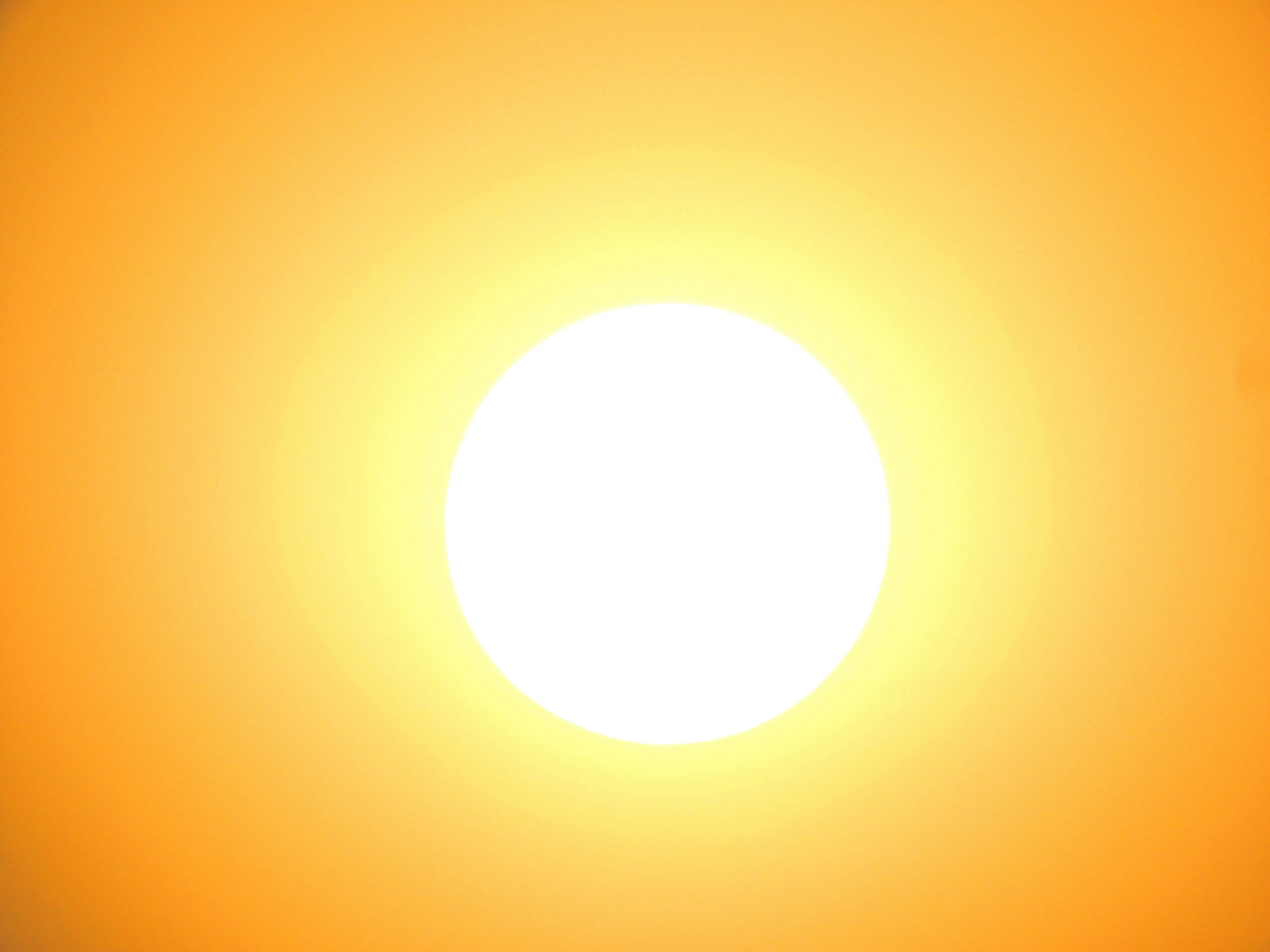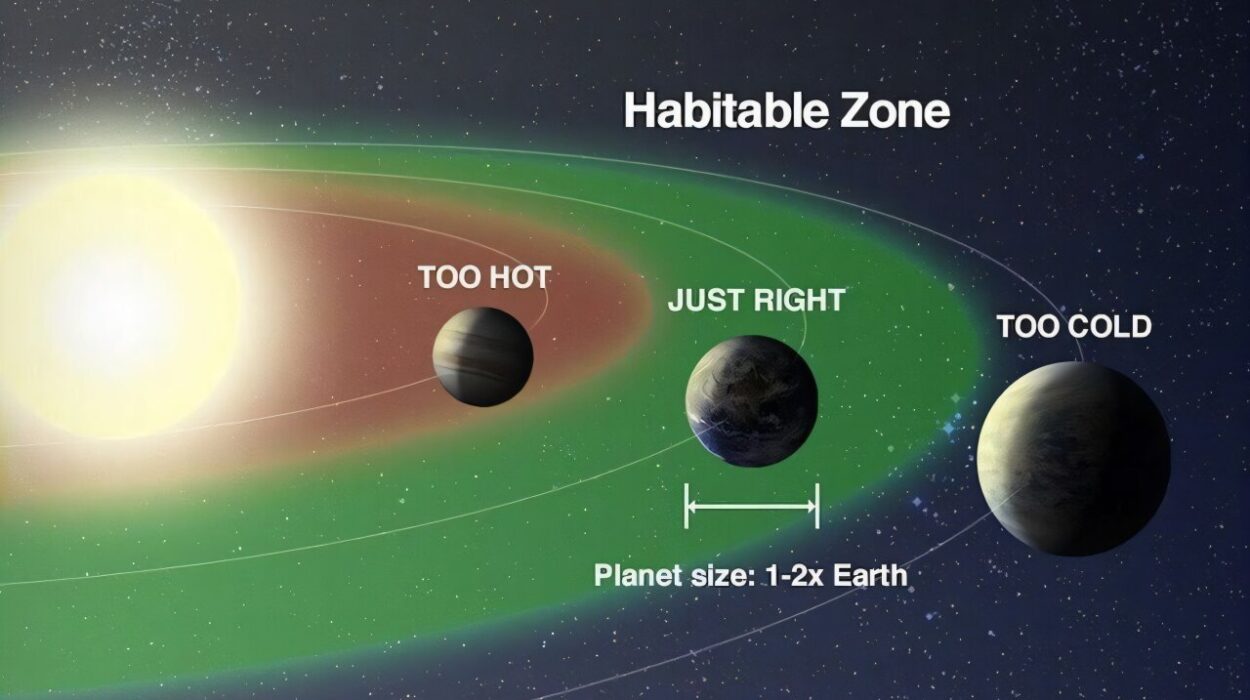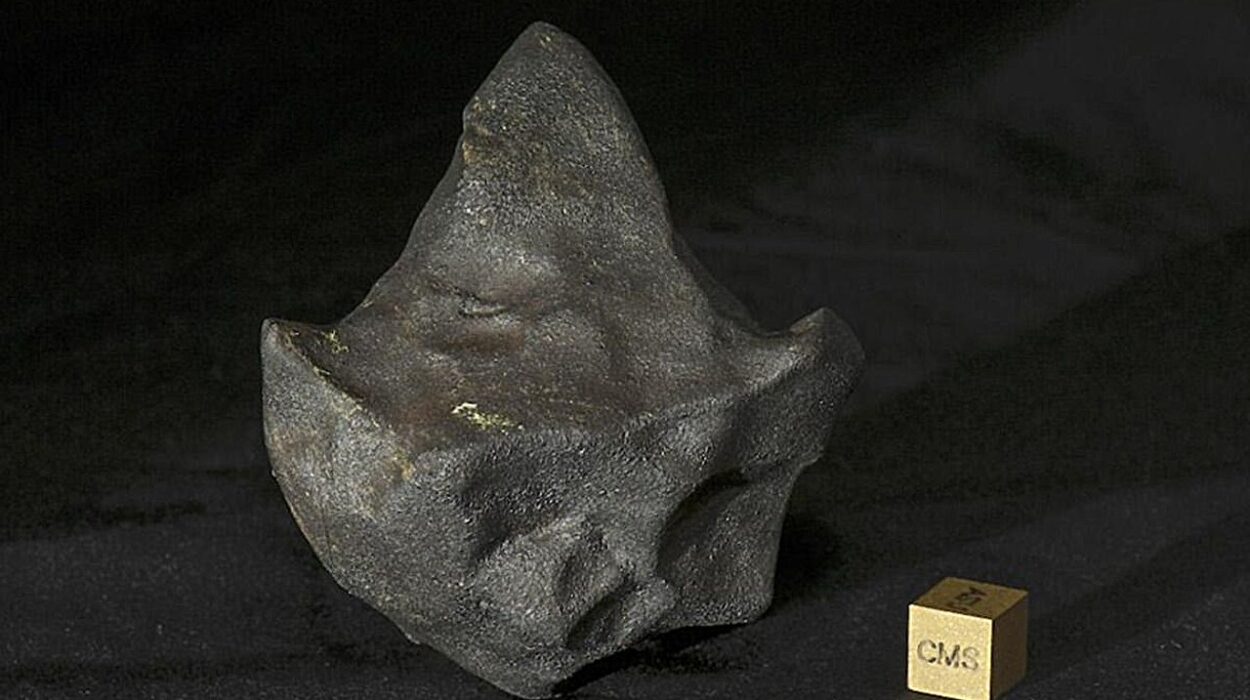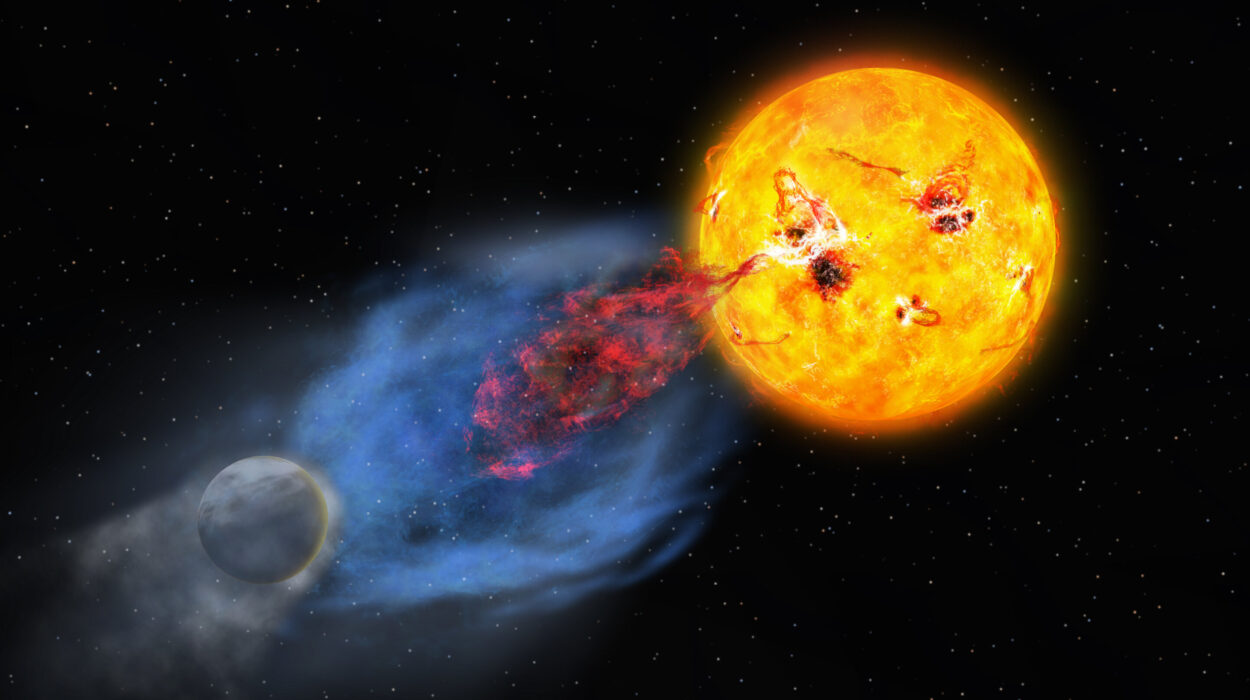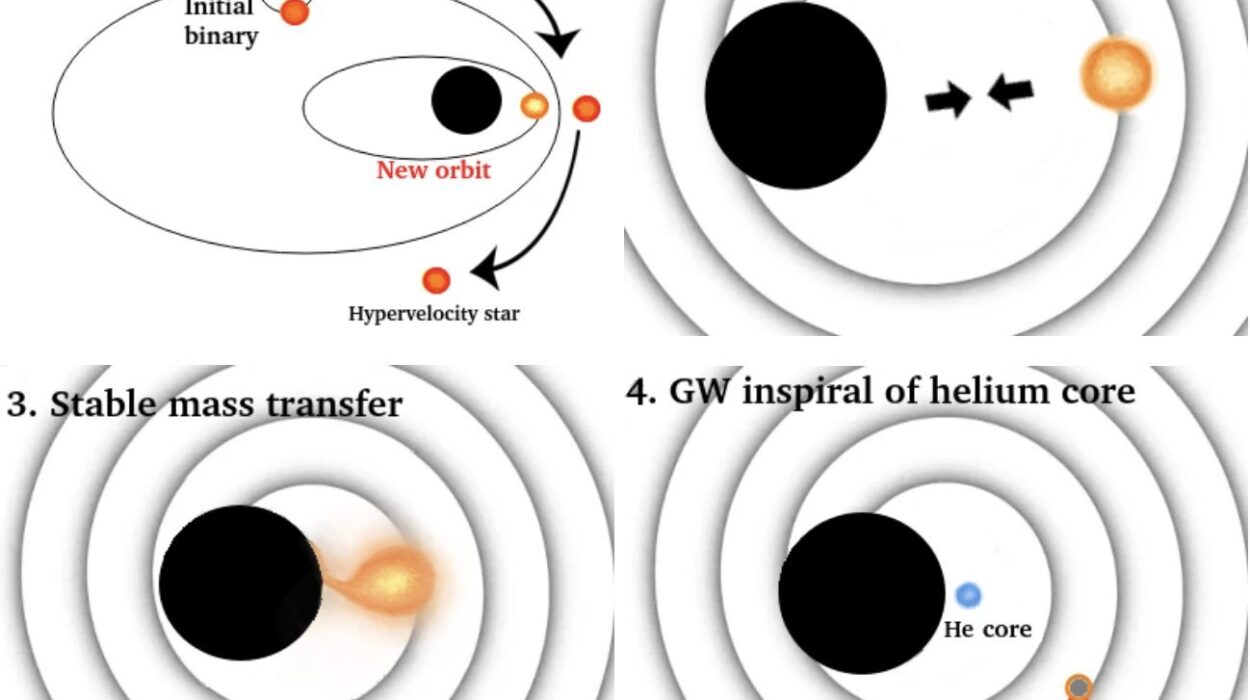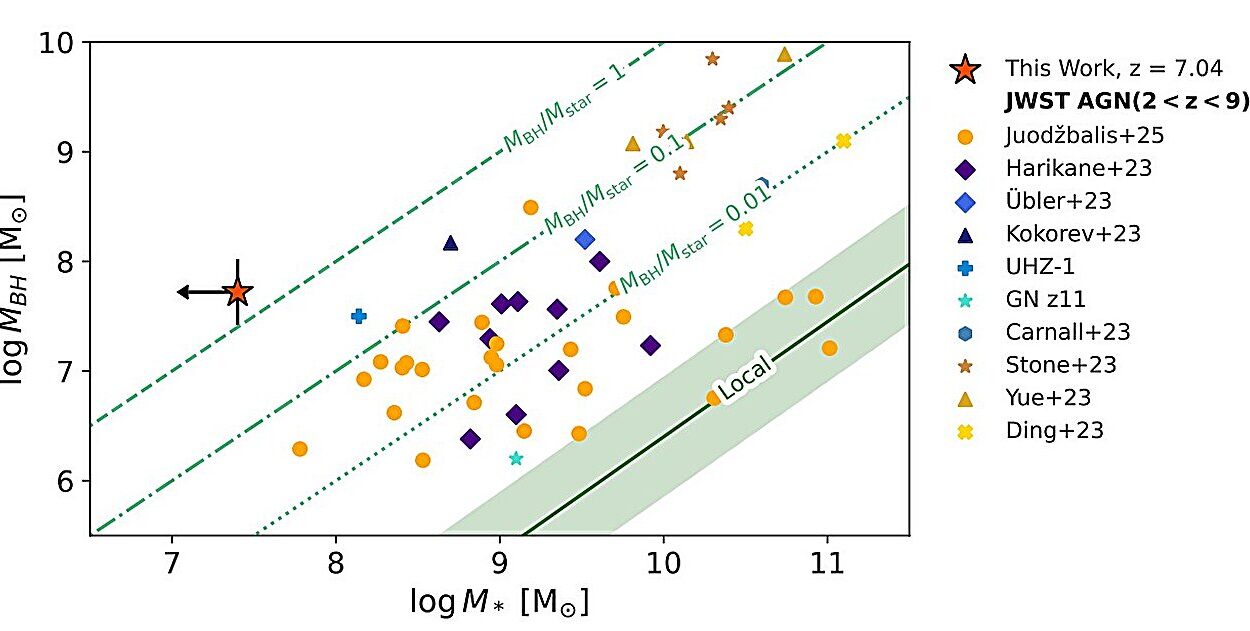Imagine you’re standing outside on a quiet afternoon. Birds chirp, clouds drift, and the warmth of sunlight bathes your skin. Then, in the blink of an eye, the Sun vanishes.
No explosion. No warning. One moment it’s there, and the next—gone.
What happens next? Does Earth plunge into darkness instantly? Do we get sucked into space? Do we freeze to death, or is there time to adapt? What becomes of the planets, the Solar System, and ultimately, us?
This thought experiment—of the Sun suddenly vanishing—is a favorite among physicists, astronomers, and sci-fi writers alike, not just because it’s dramatic, but because it reveals deep truths about how our solar system works, how fragile life is, and how interconnected we are with our one and only star.
Let’s pull back the curtain on this cosmic nightmare and explore, second by second, day by day, what would really happen if the Sun suddenly winked out of existence.
The Impossible Event
First, let’s be clear: the Sun can’t just vanish.
The Sun is a massive fusion reactor, over a hundred times the diameter of Earth, with enough hydrogen to burn for billions of years. When it does reach the end of its life (in about 5 billion years), it won’t disappear overnight. Instead, it will swell into a red giant, swallow Mercury and Venus, possibly Earth, and then shed its outer layers into space, leaving behind a white dwarf—a dense, hot stellar corpse.
But for the sake of imagination—and science—let’s ignore all that.
Let’s suppose, for some unknown reason, an omnipotent force removes the Sun from the universe instantly. No shockwave. No light. No gravitational delay. Just—poof—gone.
This is impossible in reality, but not in theory. And as a theoretical exercise, it tells us volumes about our dependence on the Sun.
Minute Zero: The Vanishing
When the Sun disappears, nothing happens. Not at first.
That’s right—nothing.
Because light takes about 8 minutes and 20 seconds to travel from the Sun to Earth, we wouldn’t know anything was wrong immediately. The Sun’s gravity, like its light, travels at the speed of light. So Earth would continue orbiting as if the Sun were still there.
For eight minutes and twenty seconds, everything seems fine. The sky is blue. The birds sing. The traffic flows. Somewhere, someone is sunbathing.
Then it happens.
8 Minutes Later: The Sky Goes Black
Suddenly, in the middle of the day, the sky goes black. But not just dark—it goes wrong.
Unlike night, when the sky dims gradually and the stars emerge in familiar constellations, this is instant, jarring. The Sun vanishes from the sky, and with it, the blue glow of Earth’s atmosphere ceases. The stars appear all at once. Even the Milky Way becomes visible, a ghostly band arcing across the sky. The Moon, if it’s out, shines eerily bright, lit only by starlight.
Temperatures don’t drop yet. The atmosphere acts like a thermal blanket, and Earth’s surface doesn’t feel the cold instantly. People are shocked, frightened, confused. Power grids may flicker under sudden atmospheric shifts, but there’s no chaos yet—just confusion.
Some might guess what happened. Astronomers certainly would. But the gravity of the situation (pun intended) has not yet hit—literally.
8 Minutes 20 Seconds: Goodbye Gravity
At this moment, Earth feels the change.
The Sun’s gravity no longer holds us in orbit. And like a slingshot released, Earth flies off into space in a straight line—tangent to the curve of its former orbit—at a speed of about 30 kilometers per second (67,000 mph).
There is no jolt. No sudden tug. Gravity, like light, is smooth and continuous. But from this moment forward, Earth is no longer bound to a central anchor. The Solar System as we know it has begun to disintegrate.
The Moon still orbits Earth. It doesn’t need the Sun for that. But the orbits of all planets have become rogue trajectories. Some may eventually collide. Others may drift into deep space forever.
Earth is now a rogue planet, a wanderer adrift in the galaxy.
Day 1: The Last Sunset Never Came
Without the Sun, there is no more day or night. No sunrise. No shadows. No warmth.
But Earth is still warm—for now.
The crust and atmosphere retain heat, and the oceans act as a vast thermal reservoir. The average global temperature begins to drop, but not precipitously. Within 24 hours, it falls to around -17°C (1°F)—bitterly cold, but survivable with proper gear.
Plants begin to suffer. Without sunlight, photosynthesis halts. Some can endure for days or weeks using stored energy, but the clock is ticking. The food chain begins its countdown.
Artificial lights flicker on. Cities still glow. Human civilization keeps going, unaware or in denial of what’s to come.
Week 1: Freeze Begins
By the end of the first week, the average temperature on Earth plunges to -73°C (-100°F).
At this point, only the hardiest life on Earth can survive outside without protection. Most plants are dead or dying. Animals either freeze, starve, or flee underground. Human infrastructure begins to fail. Roads ice over. Fuel lines freeze. Power plants struggle.
Most power grids were not designed for this kind of cold. Nuclear plants could theoretically keep operating, but natural gas, coal, and solar infrastructure collapse. Only underground bunkers, geothermal plants, or advanced nuclear facilities remain operational.
The oceans, which have retained warmth, begin to freeze—starting at the poles and spreading slowly inward. Ice insulates the water beneath, delaying total freeze. But time is running out.
Month 1: Civilization Collapses
A month after the Sun’s disappearance, the Earth’s surface is around -100°C (-148°F).
The air is so cold that it hurts to breathe. Every exposed surface is brittle. Water pipes burst. Most vehicles no longer start. Food distribution ends. Governments lose control. Survival becomes individual.
Only humans with access to deep underground shelters—mines, military bunkers, experimental facilities—can survive. Some nations may operate underground cities powered by geothermal energy. But these are few, and resources are finite.
Above ground, Earth has become an icy tomb.
Month 6 to 1 Year: The Ice Age of All Ice Ages
Within a year, the atmosphere itself begins to condense and fall as snow.
That’s right—air freezes.
Oxygen liquefies at -183°C (-297°F). Nitrogen at -196°C (-321°F). As Earth cools past these thresholds, the sky begins to collapse. Snow falls, not from clouds, but as layers of frozen atmosphere settling over dead cities.
The oceans are now completely frozen on top, but beneath the ice, liquid water may remain. Deep ocean vents, warmed by geothermal heat, continue to support some microbial life, just as they did billions of years ago.
Some deep-sea organisms survive. Life endures—but barely.
What Happens to the Rest of the Solar System?
The planets scatter.
Without the Sun’s gravity, each planet flies off in a straight line, like marbles released from a sling. Their paths depend on their orbital velocity and position at the moment of disappearance.
Some may crash into each other. Others may slingshot around moons or asteroids. But most become rogue planets, wandering the galaxy.
Comets, once pulled inward by solar gravity, now drift in new directions. The asteroid belt disperses. The Kuiper Belt and Oort Cloud remain mostly undisturbed—too far to notice yet—but the long-term consequences are chaotic.
The solar system is no longer a system at all. It is chaos.
Could Anything Survive Long-Term?
Surprisingly—yes.
Life, in limited forms, might go on.
Earth’s core remains molten for millions of years. Geothermal heat keeps deep underground water from freezing. In these caverns, extremophile microbes—bacteria and archaea that feed on minerals and chemical energy—could survive indefinitely.
Hydrothermal vents in the ocean depths, where life may have originated, continue to belch warmth and minerals. In these regions, tubeworms, clams, and unique microbial colonies might continue, completely unaware that the Sun has gone.
And humans?
A small population, with access to geothermal power, deep agriculture, and advanced planning, could survive in underground environments. Think Antarctic research stations or deep military bunkers, scaled up and made self-sufficient.
But society as we know it is gone. No more agriculture, no more cities, no more sky. Civilization has gone subterra.
Could We Have Seen It Coming?
In this hypothetical, the Sun vanishes without warning. But what if we had notice?
If astronomers saw signs of the Sun flickering, destabilizing, or being targeted by some cosmic anomaly, humanity could, in theory, prepare.
Underground cities could be built. Geothermal and nuclear power could be scaled up. Global agriculture could shift to hydroponics under artificial light. Livestock could be bred for bunker conditions. Space colonies might be rushed into operation.
But this would require unprecedented global coordination, sacrifice, and technology. The likelihood is low. Humanity’s best bet would still be to escape—not prepare.
What If the Sun Were Replaced?
Let’s tweak the thought experiment.
What if the Sun didn’t vanish entirely—but was replaced?
By a Black Hole
A black hole with the same mass as the Sun would cause almost no change in Earth’s orbit. We would continue orbiting as before, but without sunlight.
It would be dark, cold, and deadly—but the mechanics of gravity wouldn’t change. The difference is, this time, we might see the black hole, depending on the light it bends or accretes from surrounding matter.
By a Neutron Star
A neutron star—ultra-dense, compact, and hot—might radiate deadly gamma rays and X-rays, sterilizing Earth’s surface instantly. Its gravitational effect would be similar to the Sun’s, but its radiation would be catastrophic.
By Nothing
If the Sun simply disappeared without replacement, gravity vanishes, warmth ends, and the nightmare described above unfolds.
How Long Until Earth Is Lost to the Galaxy?
As Earth hurtles through interstellar space, it remains a rogue planet. Occasionally, it might pass near other stars or systems, but the odds of collision or capture are tiny.
In a billion years, it might drift into the gravity well of a distant star and be absorbed—or not.
But for all intents and purposes, Earth becomes a cosmic ghost—a dead planet frozen solid, its surface entombed in ice, its atmosphere frozen, its cities buried, its species extinct or hidden beneath miles of rock.
Final Thoughts: The Sun Is Life
This thought experiment—while terrifying—is also humbling.
It reminds us that life on Earth exists in a narrow Goldilocks zone of heat, gravity, and radiation. We survive because of balance. The Sun, though 93 million miles away, dictates every heartbeat, every breeze, every drop of rain.
Without it, Earth is not just dimmer—it is dead.
But there’s beauty in this fragility.
It reminds us to care for the planet we have. To appreciate the mornings. To value the warmth. And to marvel at the cosmic coincidence that lets us exist at all.
The Sun won’t vanish tomorrow. But the universe is vast, and our place in it is precious.
So the next time you step into the sunlight, take a moment. Feel the rays on your face. Know they traveled millions of miles, in just over 8 minutes, to greet you.
And remember: without that light, we are nothing.
